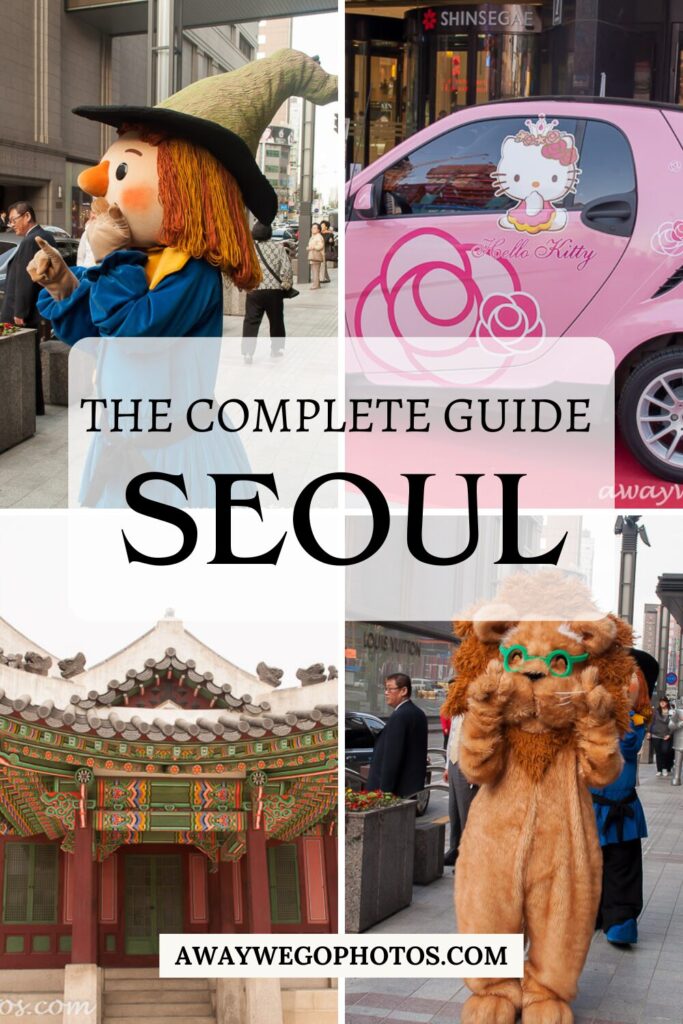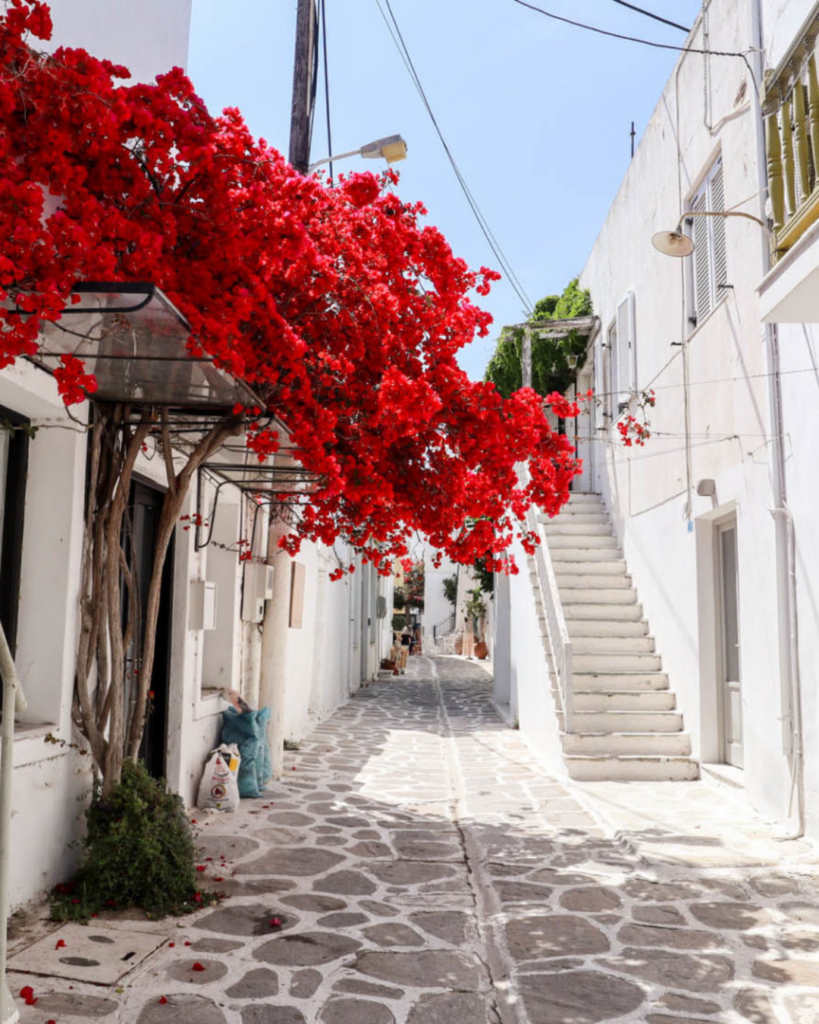Welcome to Seoul, the bustling capital of South Korea, where history seamlessly blends with modernity. This dynamic city is filled with stunning palaces, vibrant markets, cutting-edge technology, and rich cultural experiences. Whether you’re here for a short visit or an extended stay, this comprehensive guide will help you explore the best of Seoul.
Note: I visited Seoul, South Korea, back in 2010!
Where is Seoul, South Korea?
Seoul is the capital city of South Korea, located in the northwest part of the country. It lies along the Han River and is approximately 50 kilometers (31 miles) south of the Demilitarized Zone (DMZ) that separates South Korea from North Korea. Seoul is the largest city in South Korea and serves as its political, economic, and cultural center.
10 Key Facts about Seoul, South Korea
- Capital City: Seoul is the capital of South Korea and its largest city, serving as the country’s political, economic, and cultural hub.
- Population: Seoul has a population of over 9.7 million people, making it one of the most densely populated cities in the world.
- Historical Significance: Seoul has been the capital of Korea since the Joseon Dynasty in 1394, with a rich history reflected in its numerous palaces and historic sites.
- Technology and Innovation: Seoul is a global leader in technology and innovation, home to major companies like Samsung, LG, and Hyundai.
- Public Transportation: The city boasts an extensive and efficient public transportation system, including one of the world’s largest and most efficient subway networks.
- Cultural Heritage: Seoul is home to five grand palaces, with Gyeongbokgung Palace being the largest and most famous. These palaces offer a glimpse into Korea’s royal past.
- Education: Seoul is an educational hub, housing prestigious institutions like Seoul National University, Korea University, and Yonsei University.
- Shopping and Fashion: The city is renowned for its shopping districts such as Myeongdong, Dongdaemun, and Gangnam, offering everything from luxury brands to local fashion.
- Green Spaces: Despite its urban density, Seoul has numerous parks and green spaces, including Namsan Park, Hangang Park, and Bukhansan National Park.
- Cuisine: Seoul is a paradise for food lovers, offering a wide variety of Korean dishes from street food to traditional Korean BBQ, and it is also famous for its vibrant café culture.
Top Attractions
Gyeongbokgung Palace
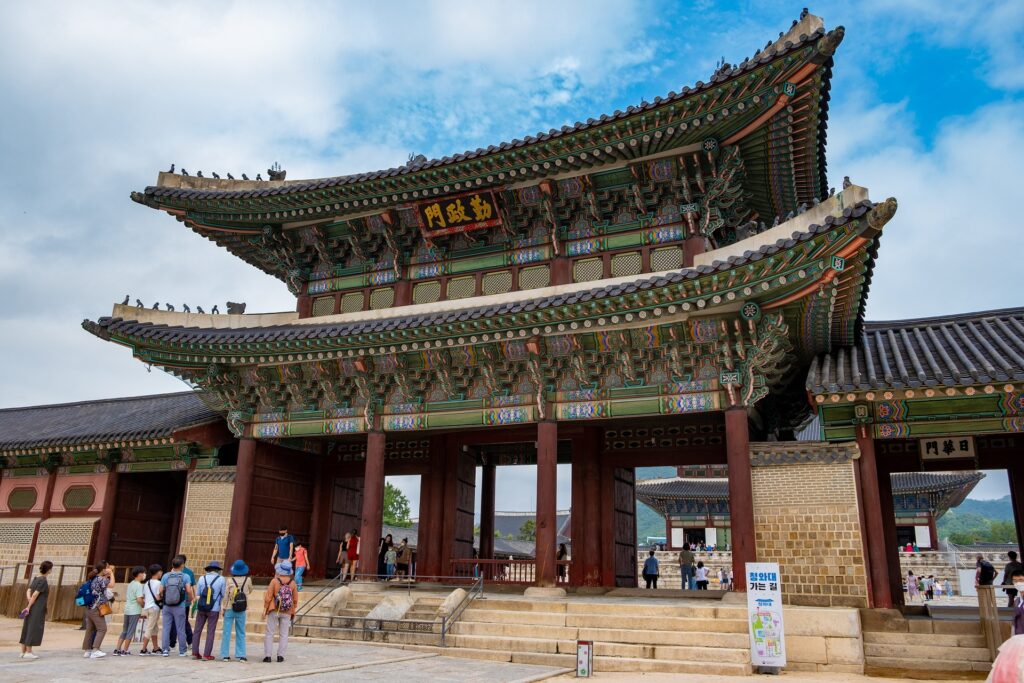
Gyeongbokgung Palace, built in 1395, is a stunning royal palace in Seoul, South Korea. It showcases traditional Korean architecture, beautiful gardens, and historical artifacts. As the largest of the Five Grand Palaces, it symbolizes the Joseon Dynasty’s cultural heritage.
Changdeokgung Palace
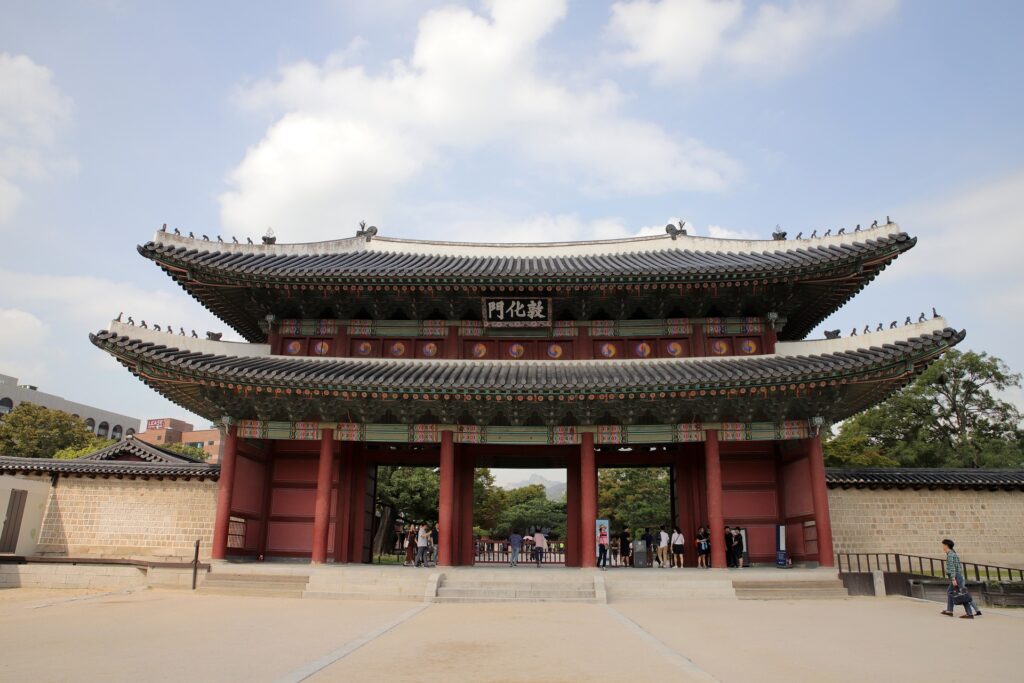
Changdeokgung Palace, constructed in 1405, is a UNESCO World Heritage site in Seoul, South Korea. Renowned for its harmonious integration with nature, the palace features beautiful pavilions and the Secret Garden. It exemplifies the pinnacle of Korean palace architecture and landscape design.
Bukchon Hanok Village
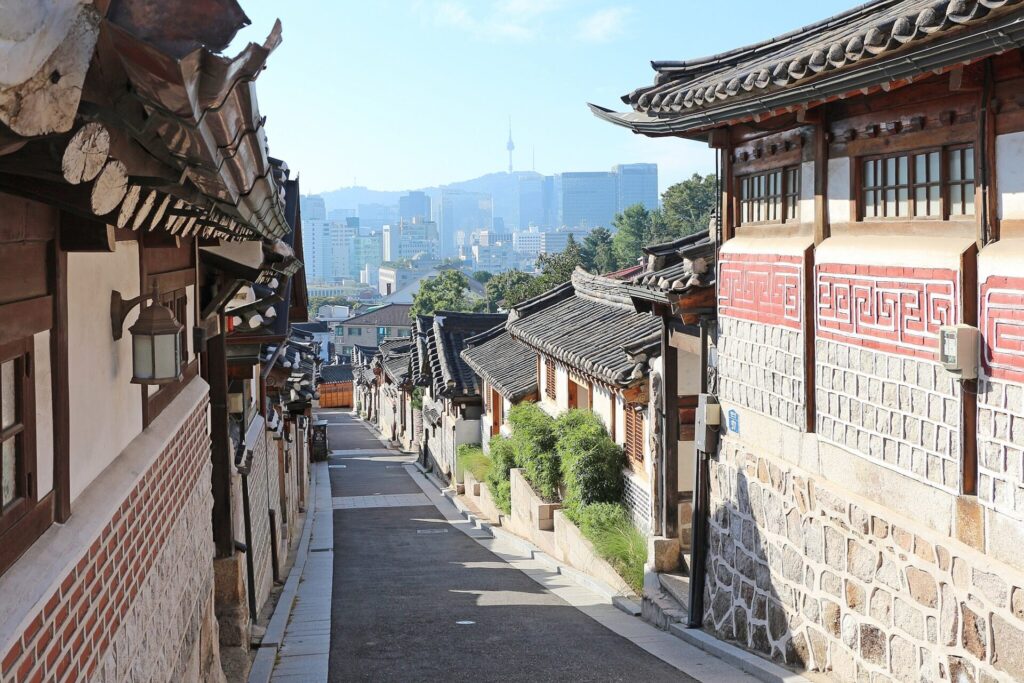
Bukchon Hanok Village, nestled between Gyeongbokgung and Changdeokgung Palaces in Seoul, South Korea, is a picturesque neighborhood of traditional hanok houses. This cultural gem offers a glimpse into Korea’s past, featuring narrow alleys, beautiful architecture, and a vibrant blend of history and modernity.
N Seoul Tower
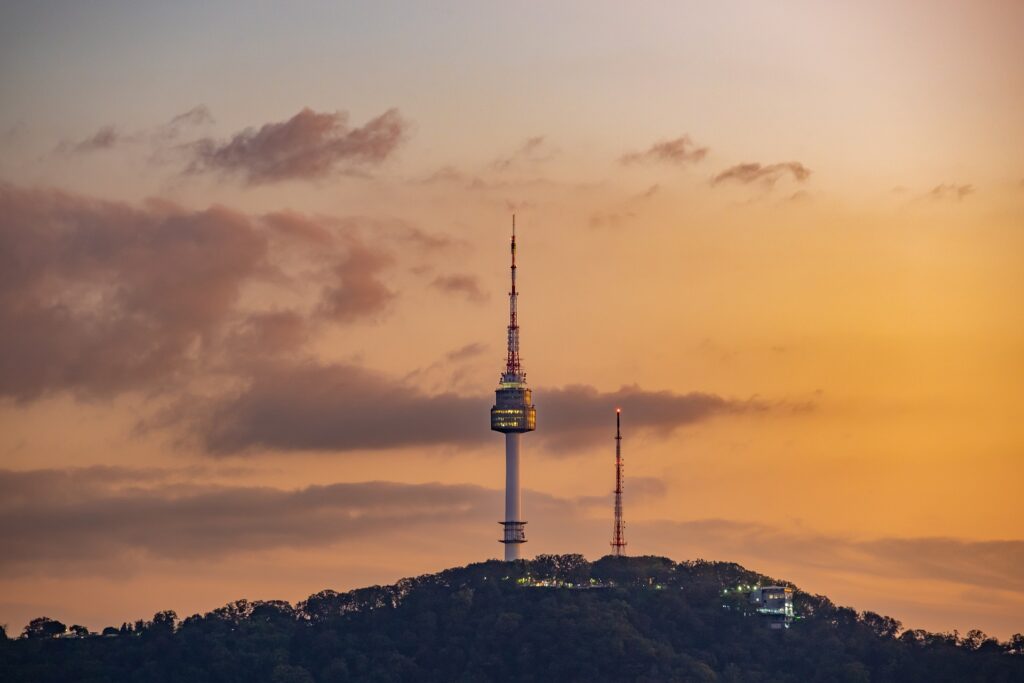
N Seoul Tower, perched atop Namsan Mountain in Seoul, is an iconic landmark offering panoramic views of the city. Opened in 1980, it features observation decks, restaurants, and digital art installations. The tower is a popular destination for tourists and a symbol of Seoul.
Dongdaemun Design Plaza (DDP)
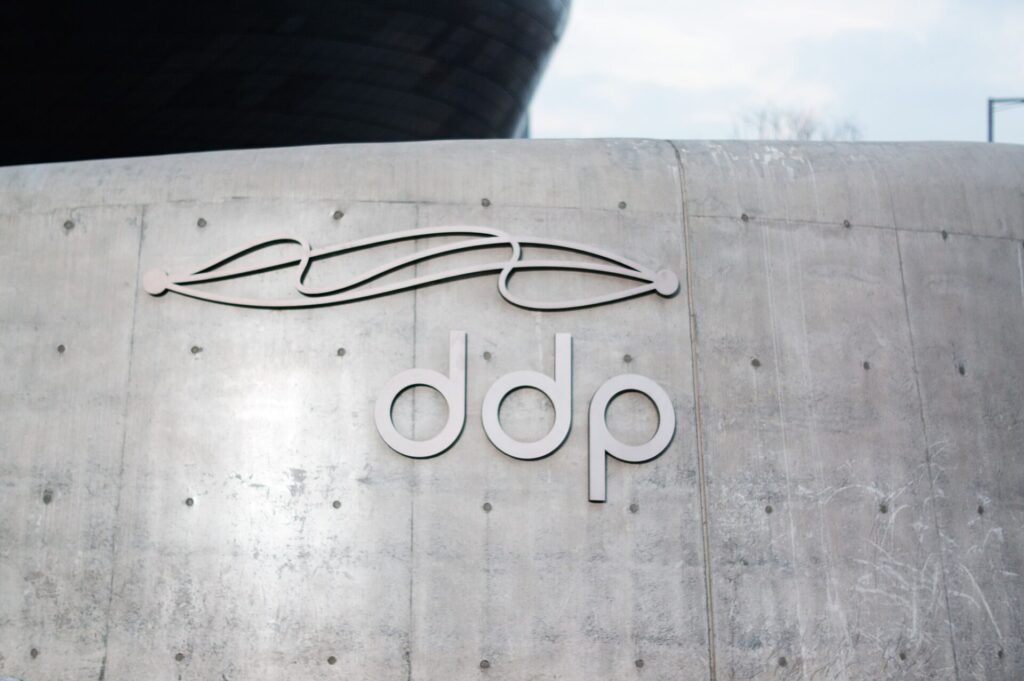
Dongdaemun Design Plaza (DDP), located in Seoul, South Korea, is an architectural marvel designed by Zaha Hadid. Known for its futuristic design, it hosts exhibitions, fashion shows, and cultural events. The DDP is a hub for creativity and innovation, attracting visitors worldwide.
Lotte World Tower
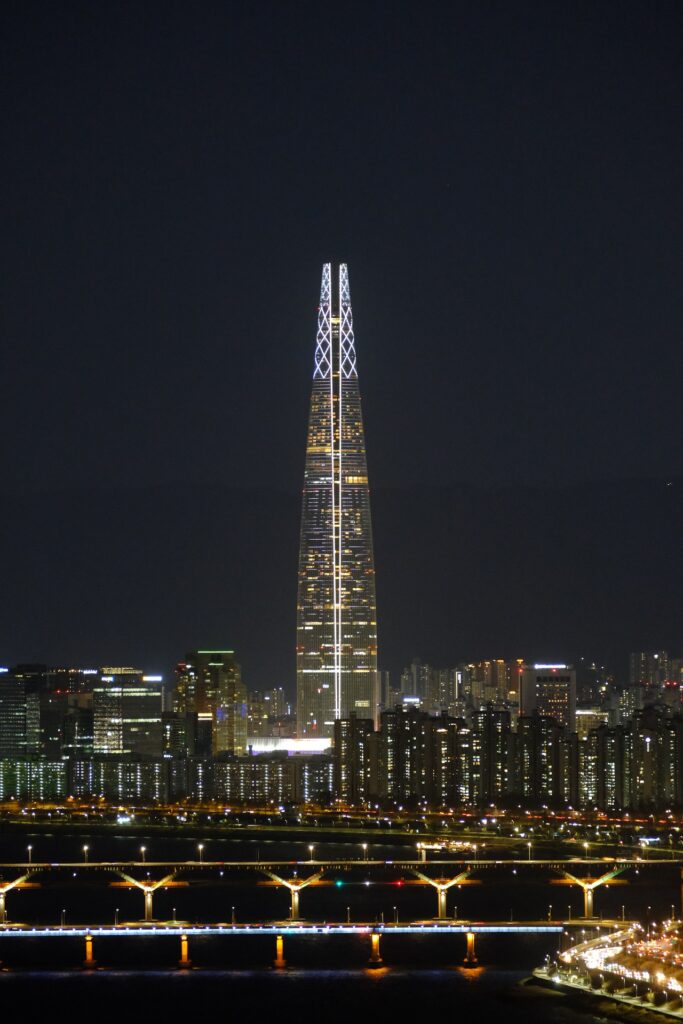
Lotte World Tower, soaring 555 meters high in Seoul, is South Korea’s tallest skyscraper. Opened in 2016, it houses offices, residences, a luxury hotel, and an observation deck with stunning city views. The tower exemplifies modern architecture and innovation, attracting numerous visitors.
Cultural Experiences
Namdaemun Market
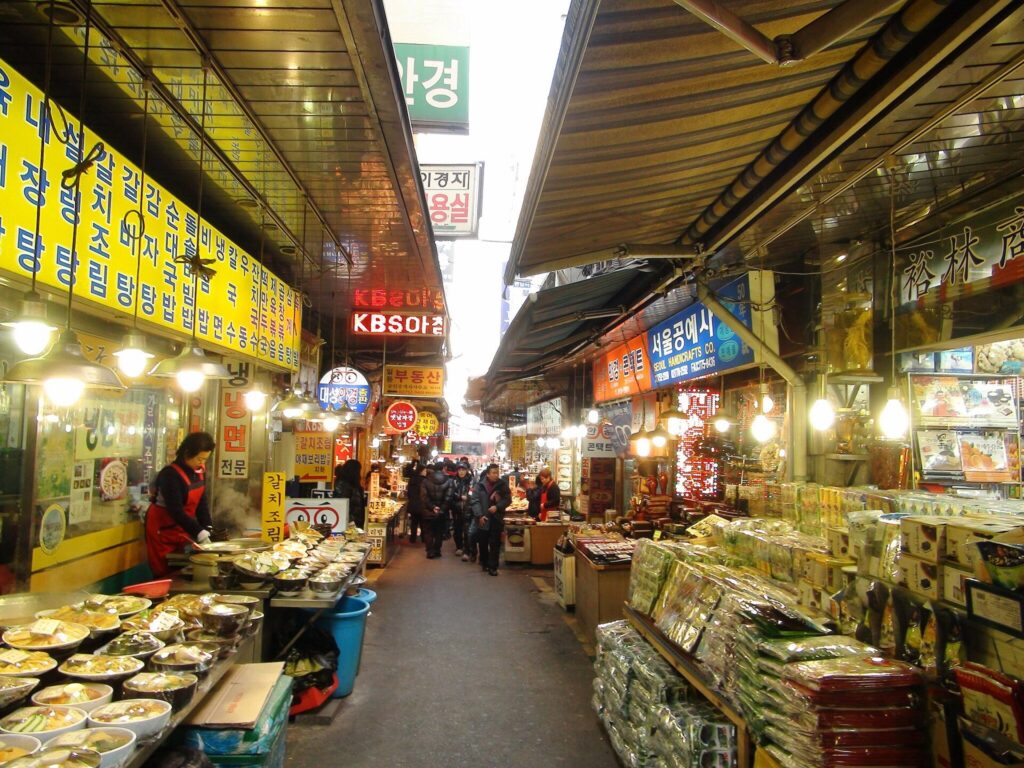
Namdaemun Market, established in 1964, is one of Seoul’s oldest and largest traditional markets. Located near the historic Namdaemun Gate, it offers a bustling atmosphere with a wide variety of goods, including clothing, accessories, and street food, reflecting Korea’s vibrant local culture.
Gwangjang Market
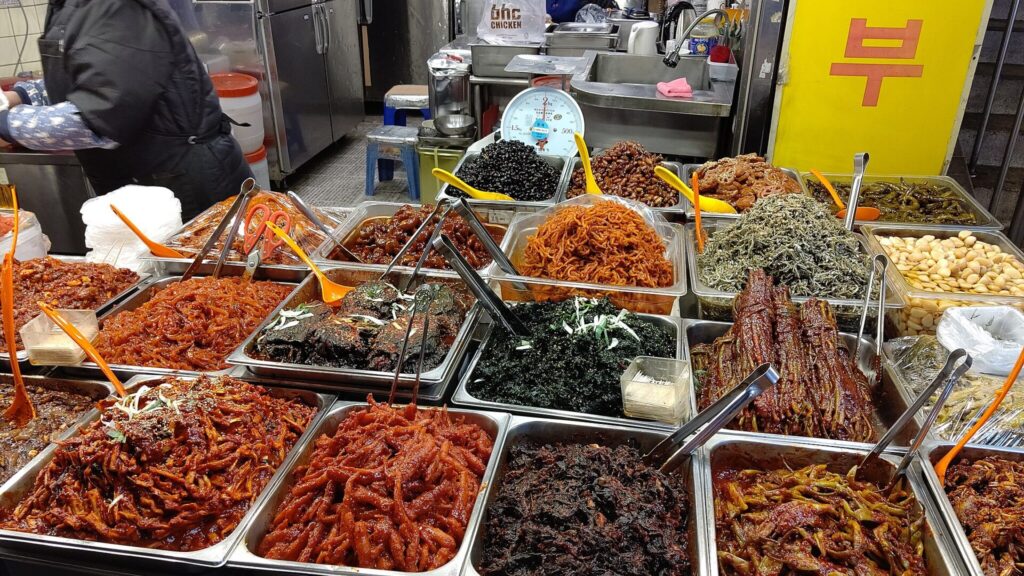
Gwangjang Market, founded in 1905, is one of Seoul’s oldest markets. Known for its lively atmosphere, it specializes in traditional Korean street food, textiles, and vintage clothing. The market offers an authentic cultural experience, attracting both locals and tourists with its diverse culinary delights.
National Museum of Korea
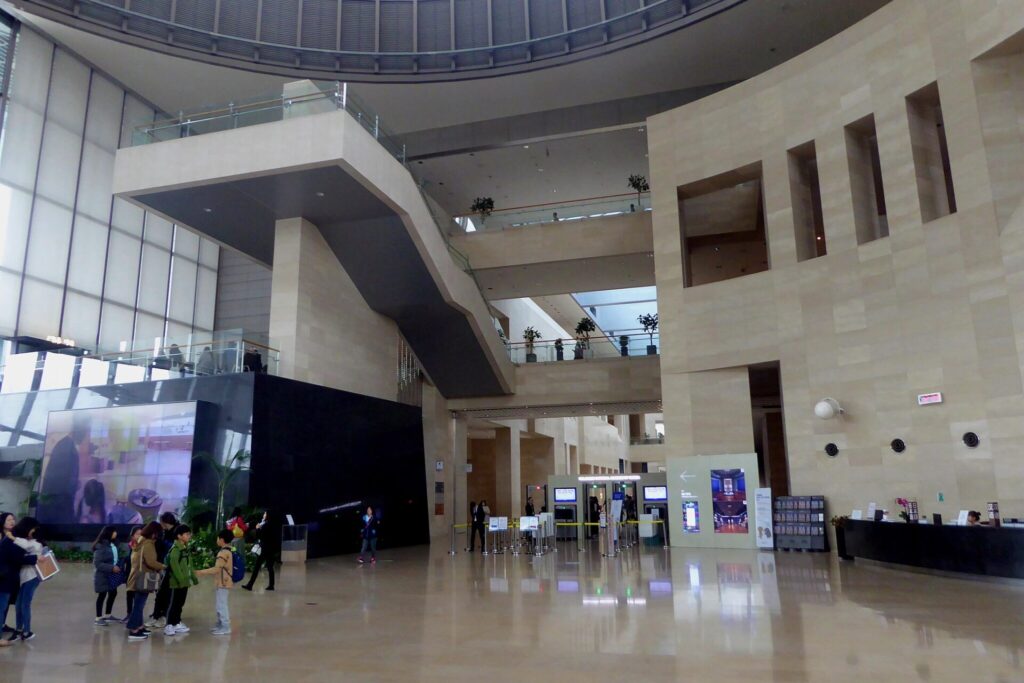
The National Museum of Korea, located in Seoul, is the country’s largest museum. It showcases an extensive collection of artifacts, including art, archaeology, and history exhibits spanning from prehistoric times to the modern era. The museum offers deep insights into Korea’s rich cultural heritage.
Seoul Museum of Art
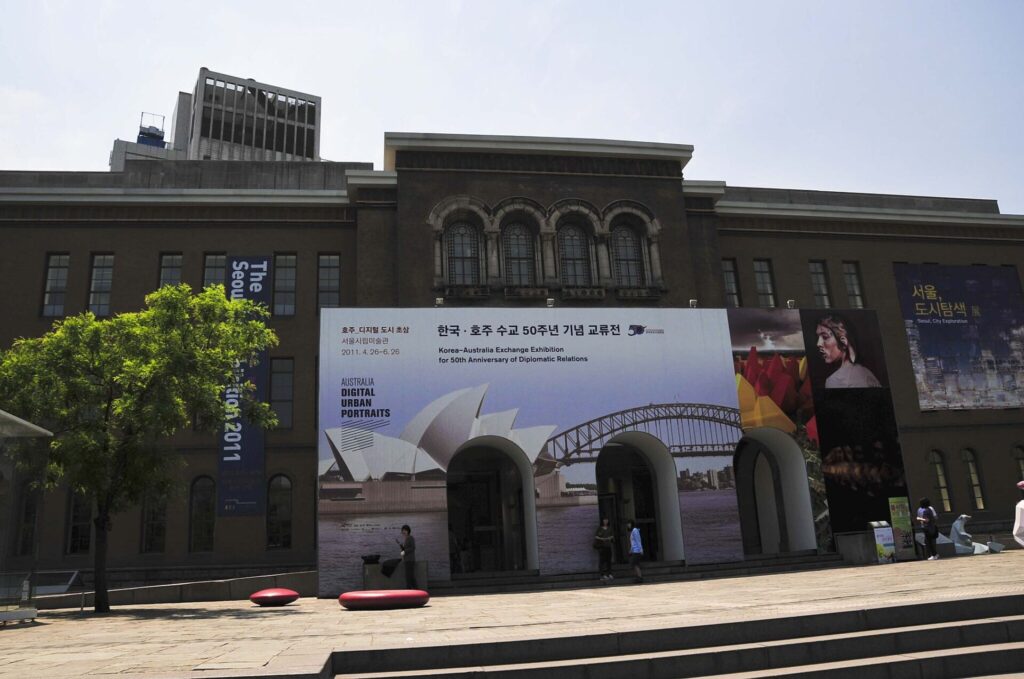
The Seoul Museum of Art, situated near Deoksugung Palace, is a prominent cultural institution in Seoul. It features diverse contemporary art exhibitions, including Korean and international works. The museum also offers educational programs and workshops, fostering a vibrant artistic community in the city.
Leeum, Samsung Museum of Art
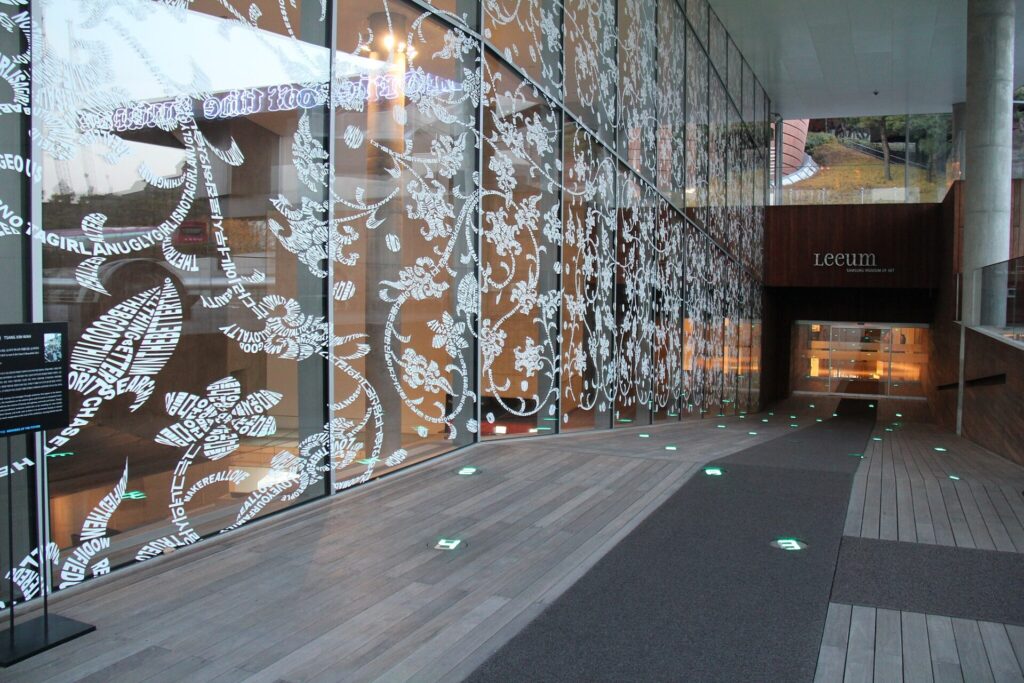
Leeum, Samsung Museum of Art, located in Seoul, blends traditional Korean art with contemporary works. The museum features collections of classical Korean ceramics, paintings, and calligraphy, alongside modern masterpieces by renowned artists. Its unique architectural design enhances the visitor experience, making it a cultural landmark.
Nature and Parks
Namsan Park
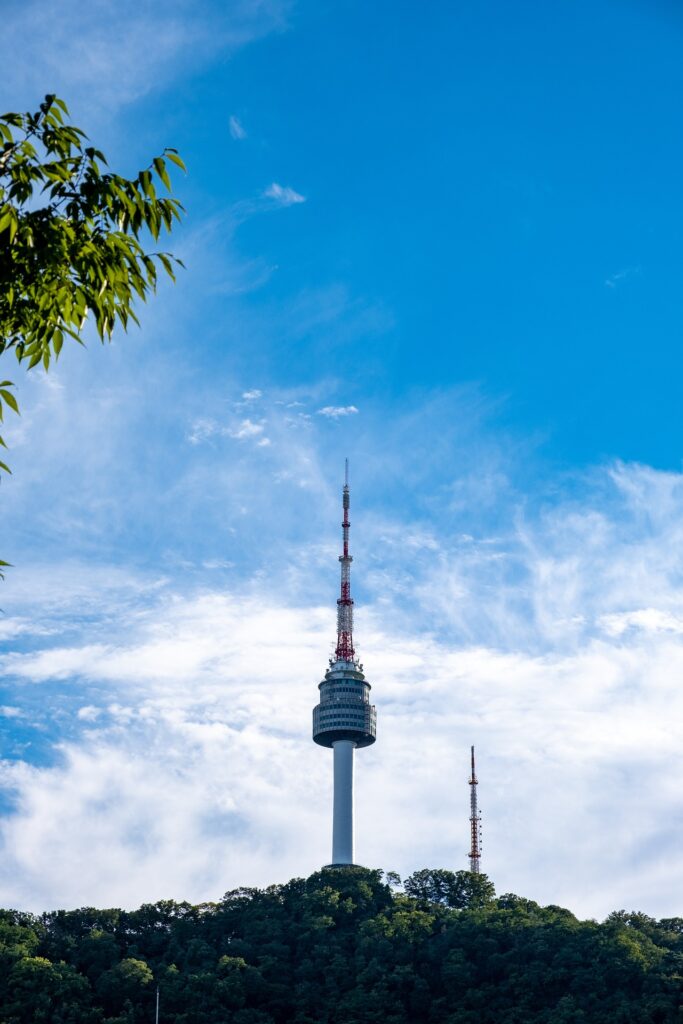
Namsan Park, located in central Seoul, is a popular urban oasis featuring scenic walking trails, lush gardens, and historical sites. It is home to N Seoul Tower, offering stunning city views. The park is a favorite spot for hiking, picnics, and cultural activities.
Hangang Park
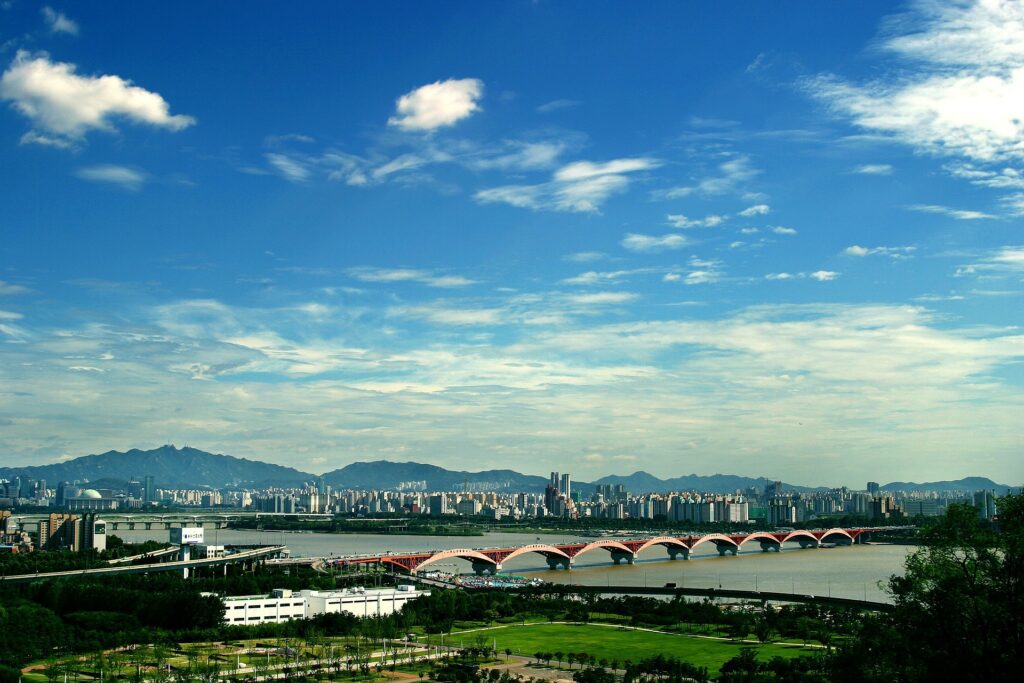
Hangang Park, stretching along the Han River in Seoul, offers a vast recreational space with biking paths, sports facilities, and picnic areas. Popular for its scenic views and seasonal festivals, the park provides a tranquil escape and vibrant community space for residents and visitors alike.
[penci_related_posts title=”You Might Be Interested In” number=”4″ style=”grid” align=”none” displayby=”recent_posts” orderby=”random”]
Practical Travel Tips
Transportation
- Subway: Seoul’s subway system is extensive, efficient, and tourist-friendly. Get a T-money card for easy access to public transport.
- Buses: An affordable way to get around, with routes covering the entire city.
- Taxis: Widely available and reasonably priced. Use ride-hailing apps like KakaoTaxi for convenience.
Accommodation
- Luxury Hotels: Options include The Shilla Seoul, Four Seasons Hotel Seoul, and Conrad Seoul.
- Mid-Range Hotels: Consider Nine Tree Hotel Myeongdong or Hotel28 Myeongdong.
- Budget Stays: Hostels and guesthouses in neighborhoods like Hongdae and Itaewon offer affordable accommodations.
Dining
- Street Food: Try popular street foods at Myeongdong, such as tteokbokki (spicy rice cakes), hotteok (sweet pancakes), and gimbap (Korean sushi rolls).
- Traditional Restaurants: Enjoy Korean BBQ, bibimbap, and hanjeongsik (full-course Korean meals) at local eateries.
- Cafés: Experience Seoul’s unique café culture, with themed cafes and artisanal coffee shops.
Nightlife
- Hongdae: Known for its vibrant nightlife, indie music scene, and trendy clubs.
- Gangnam: Offers upscale clubs, bars, and lounges, as well as shopping and dining.
- Itaewon: A multicultural hotspot with diverse dining options, bars, and nightclubs.
My pictures of Seoul, South Korea
The Shilla Seoul
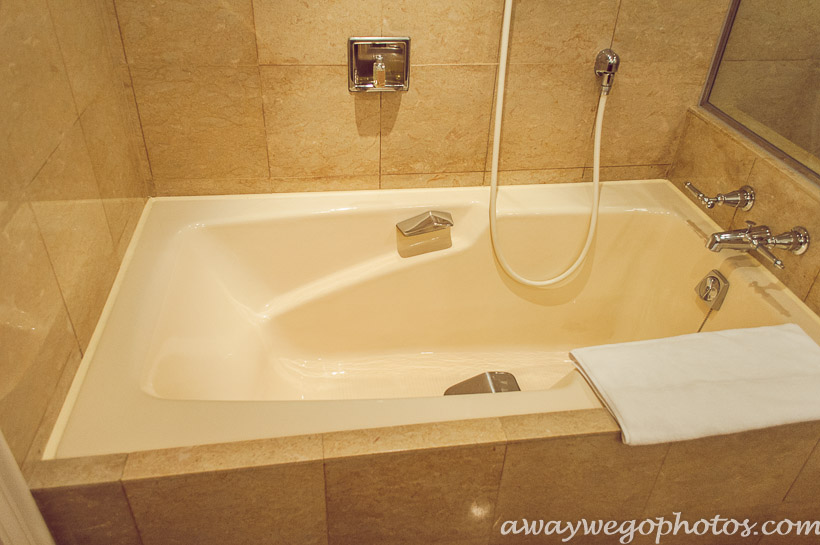

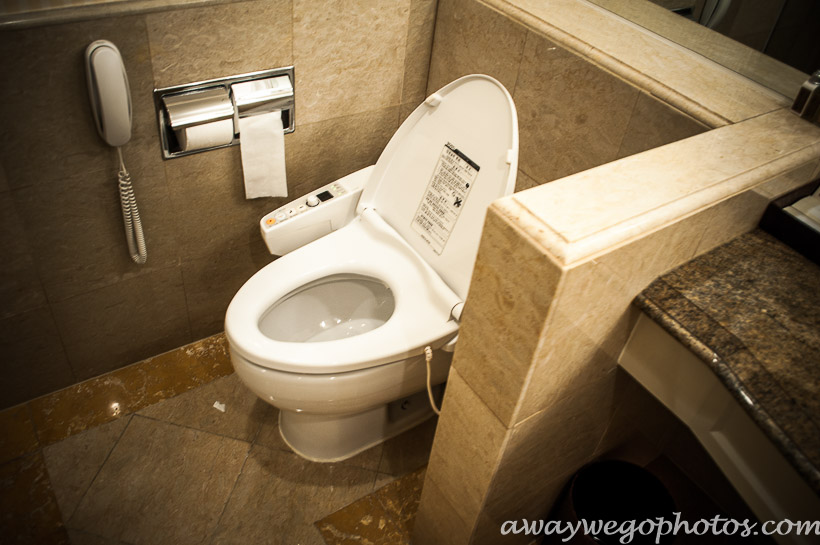
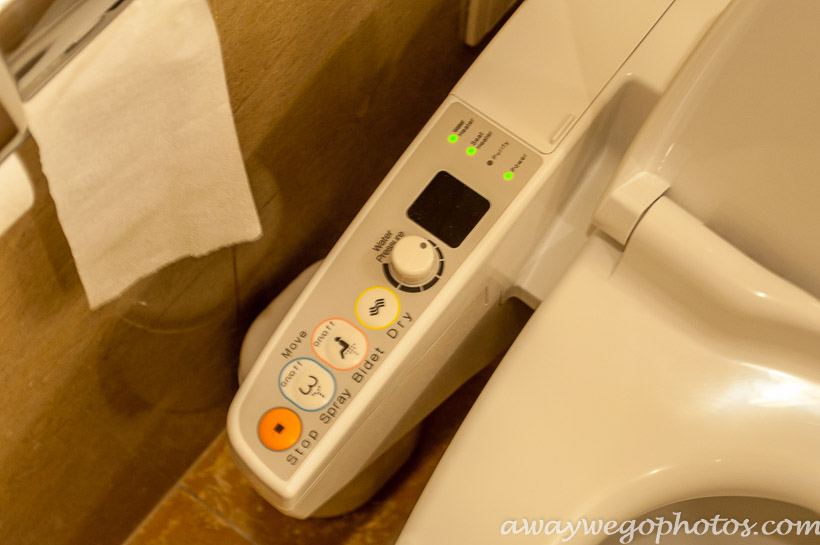
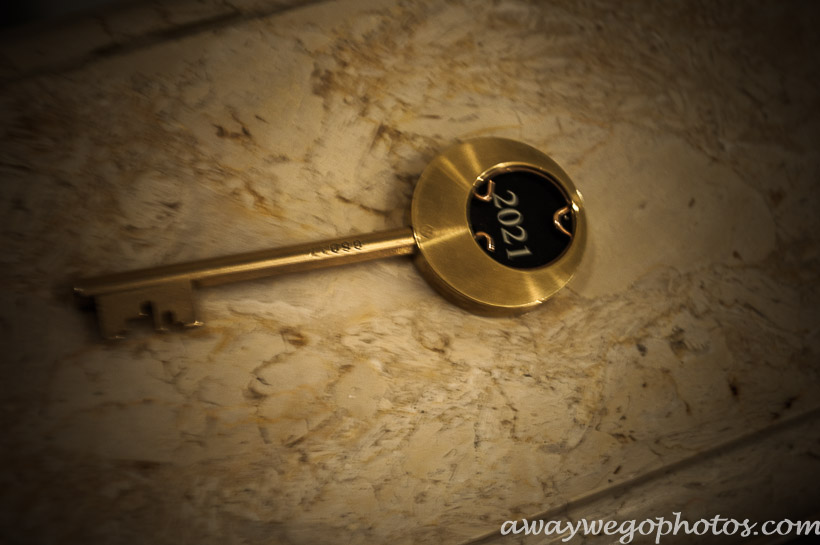
Gyeongbokgung Palace
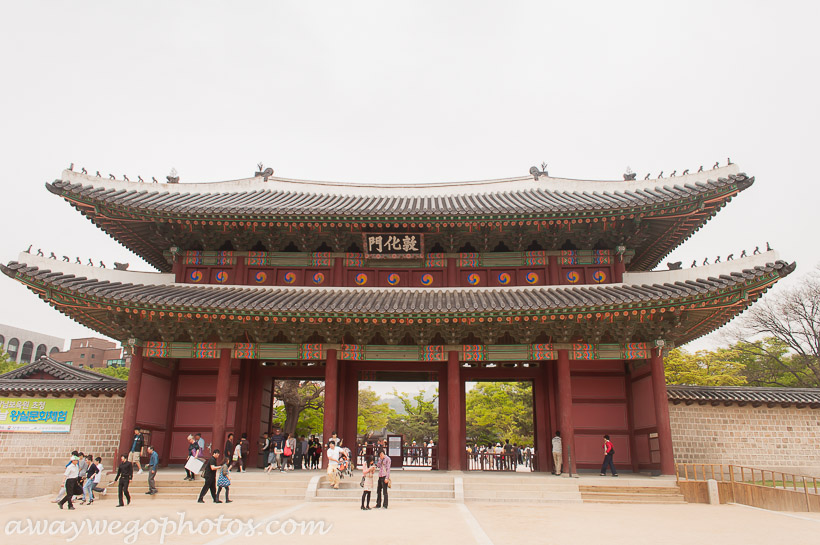
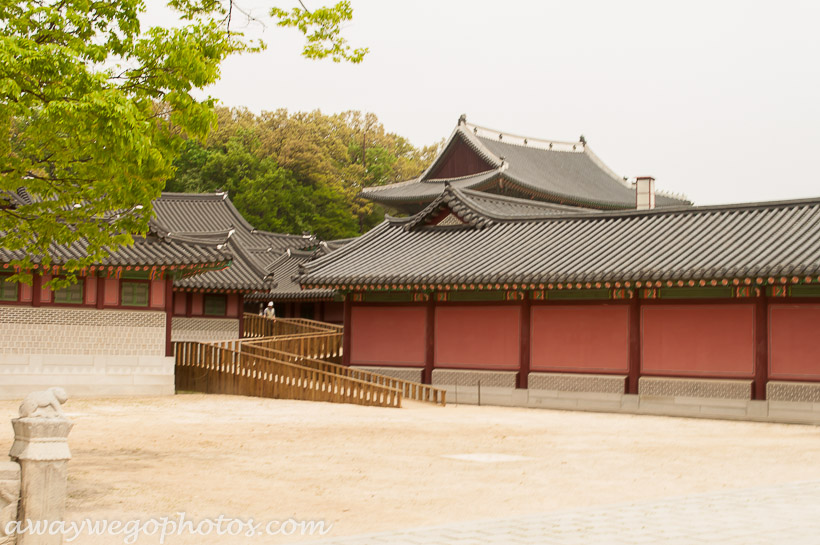
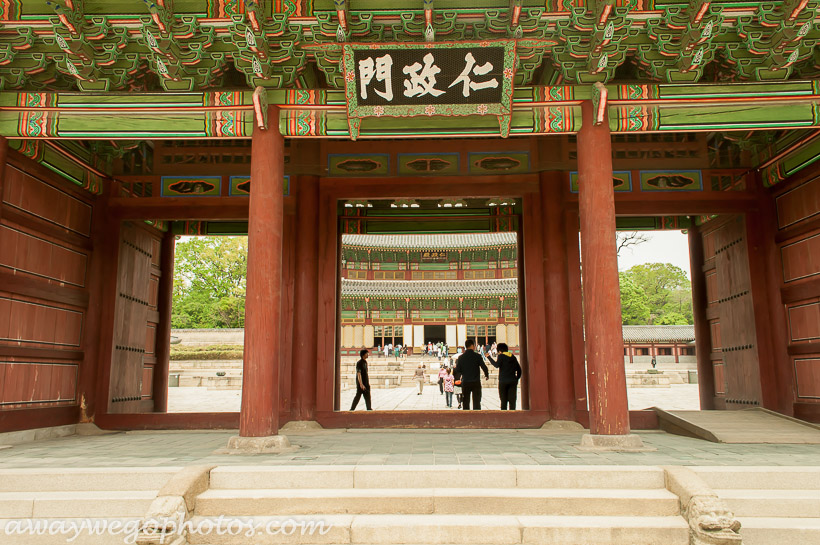
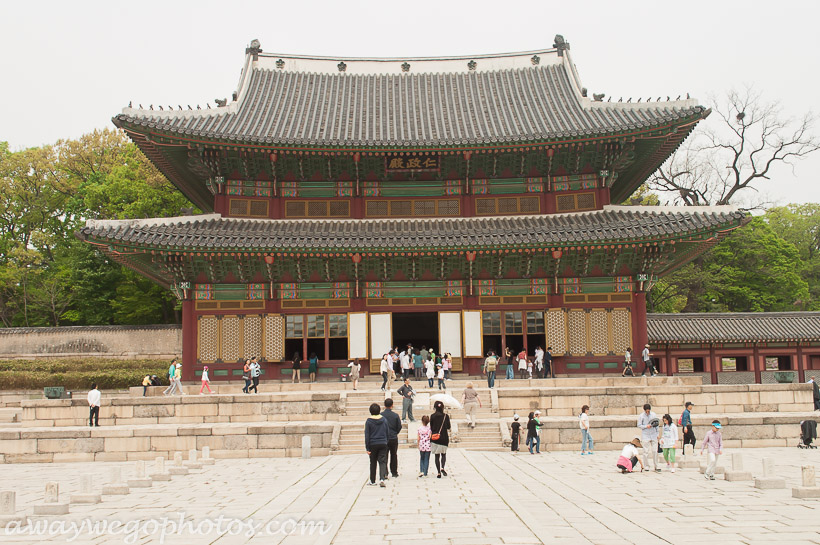
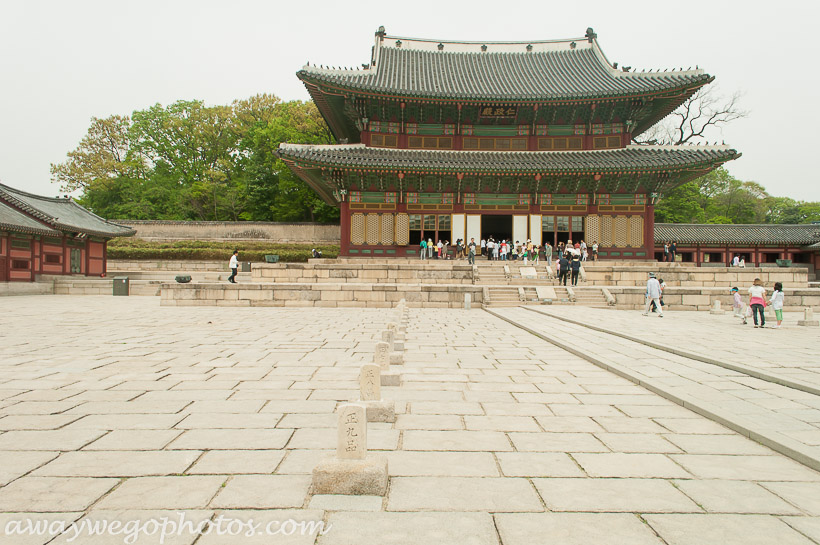
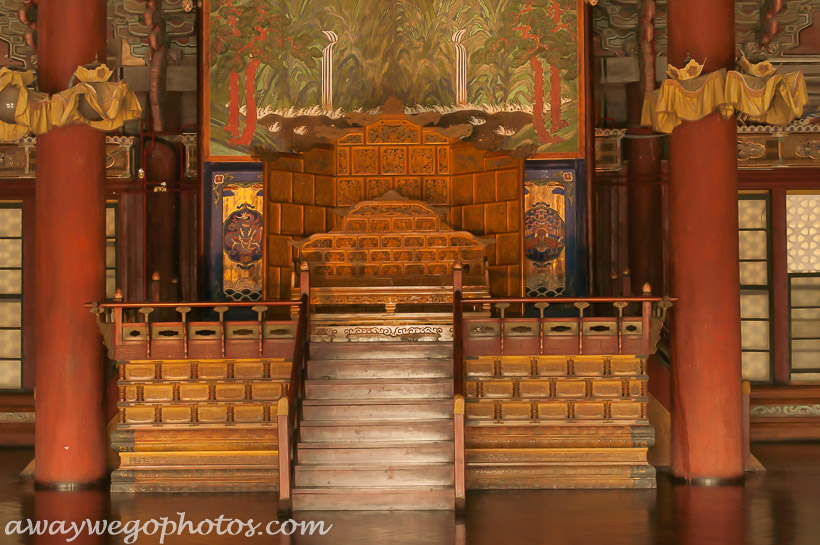
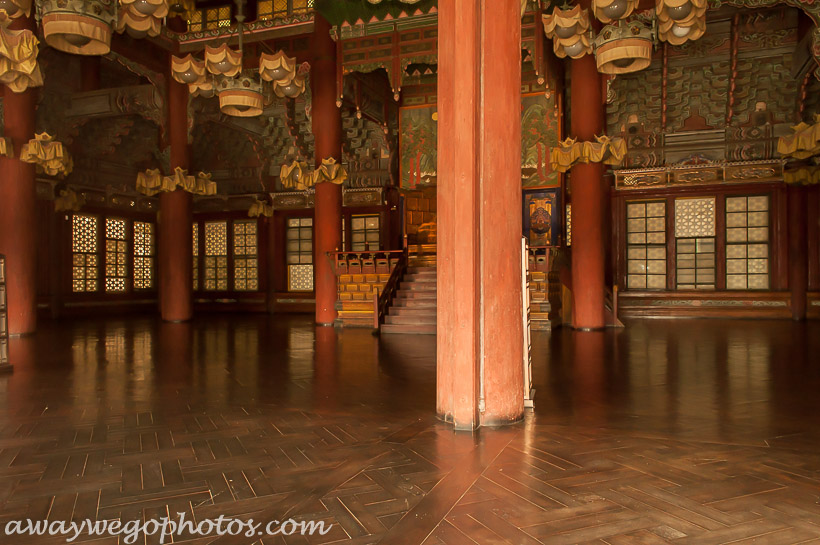
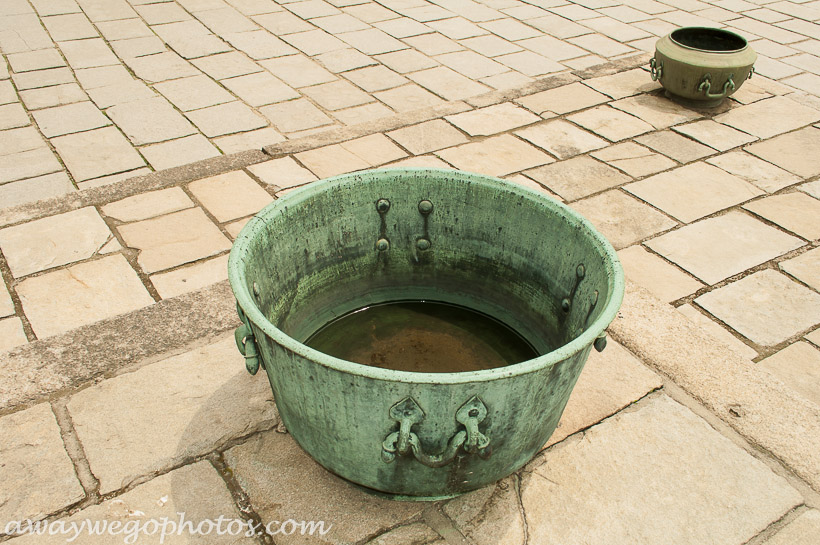
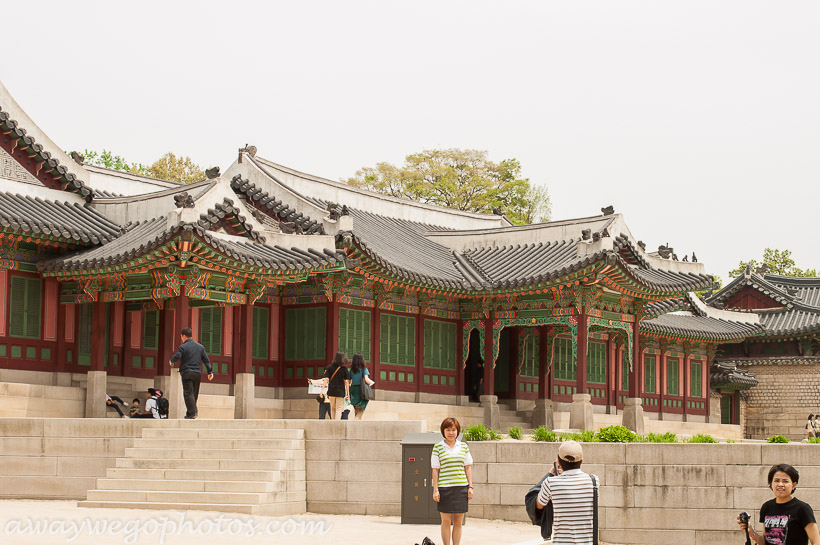
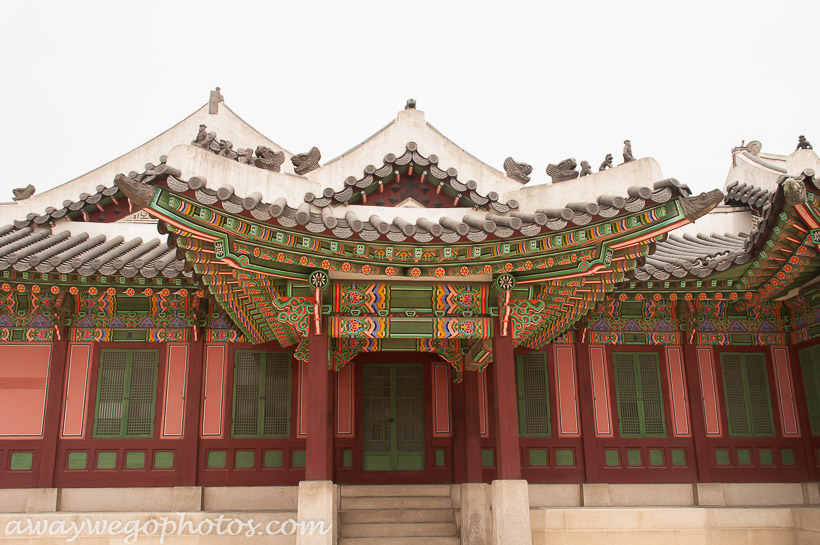
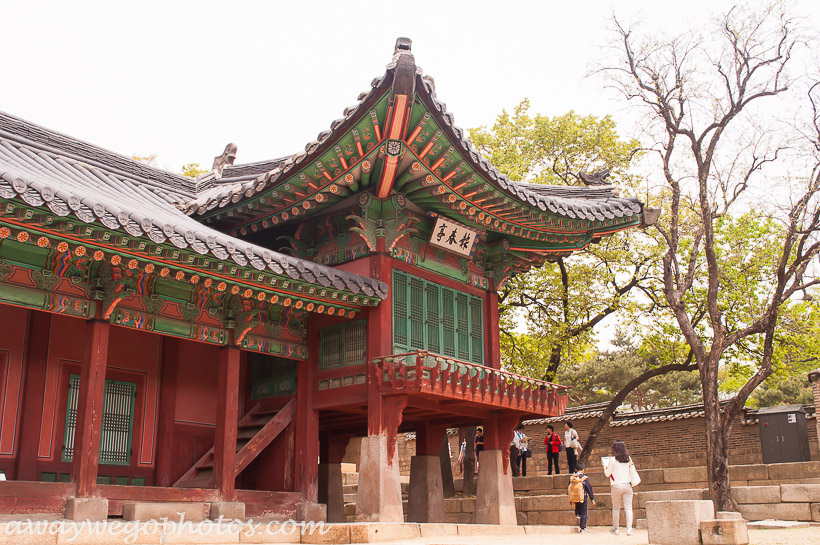
Seoul
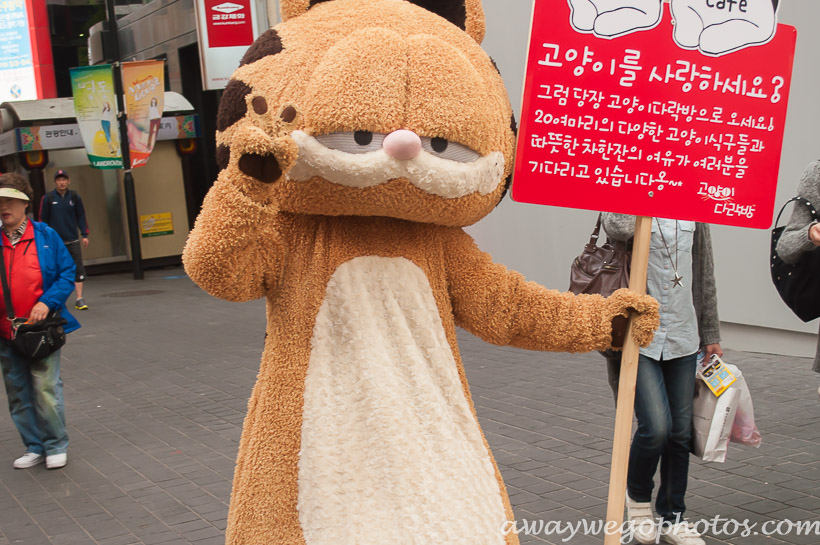
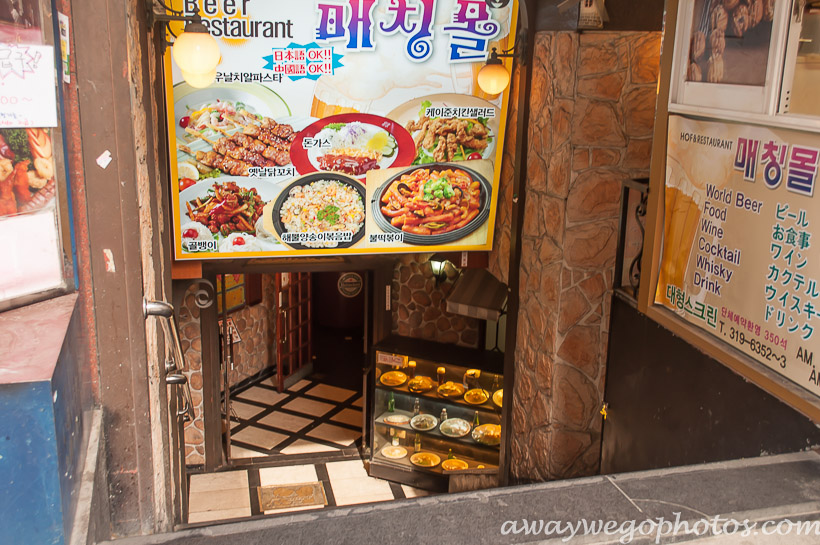
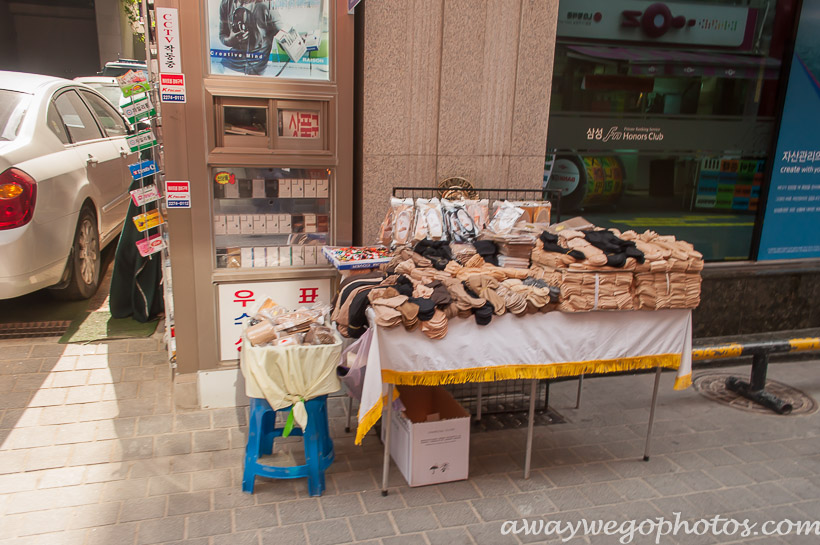
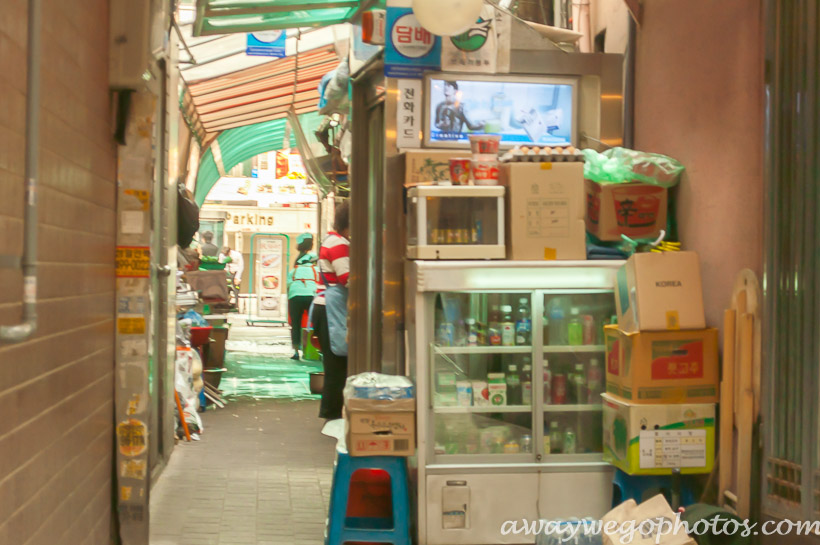
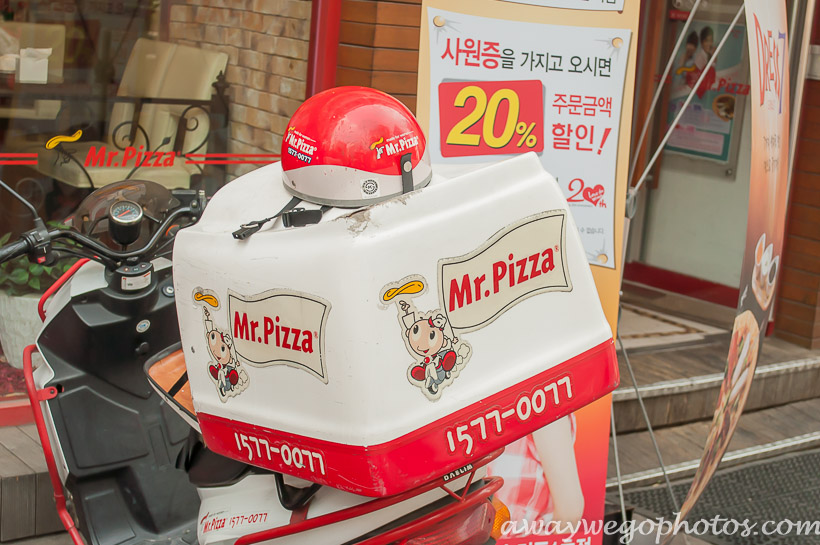
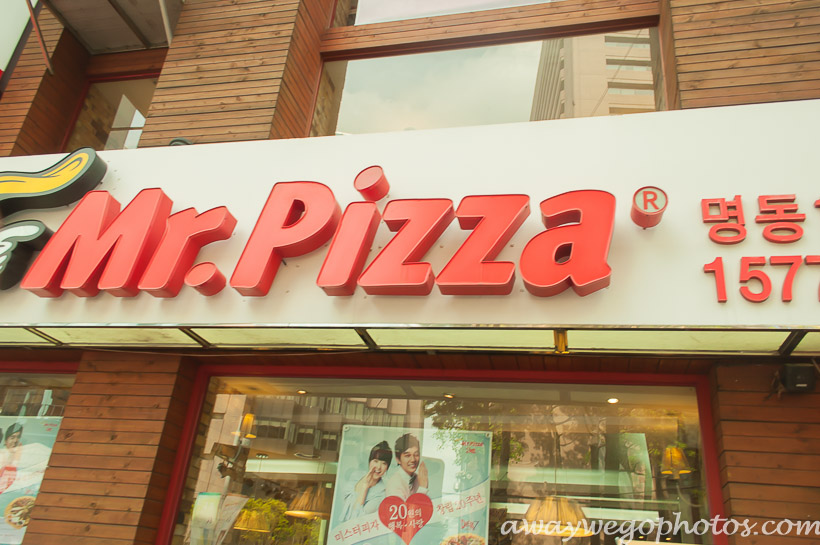
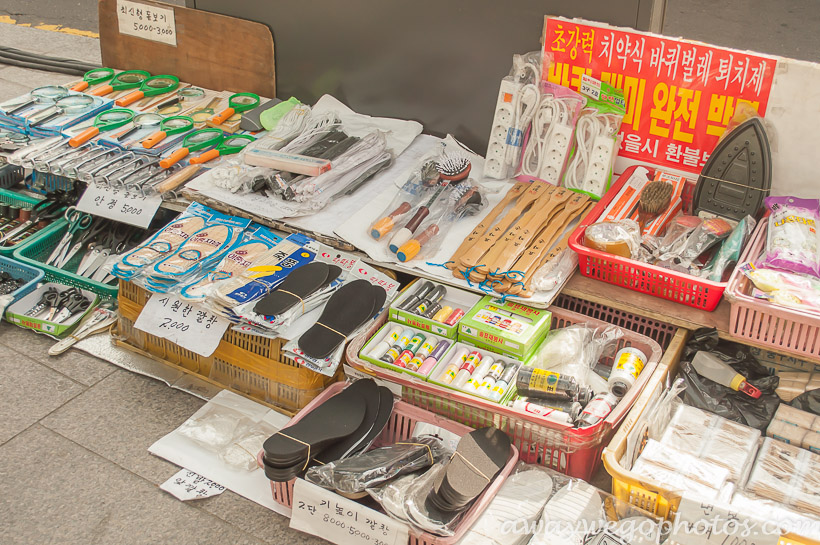

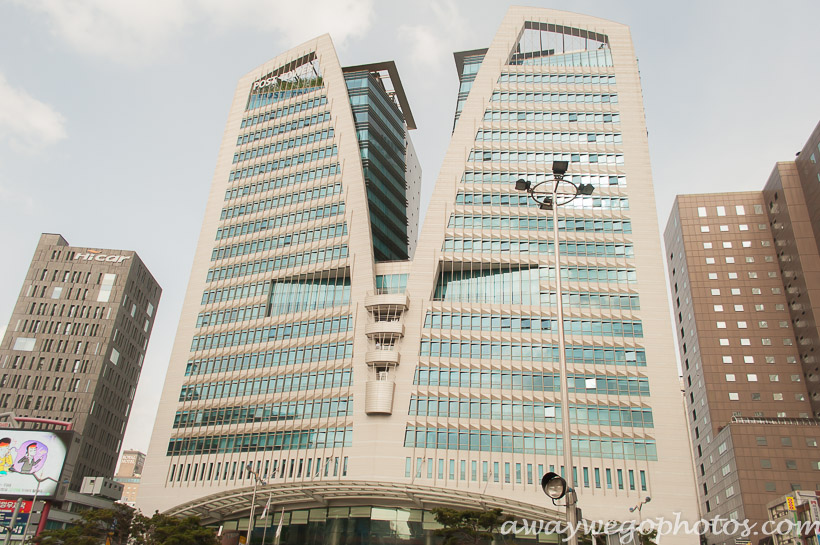
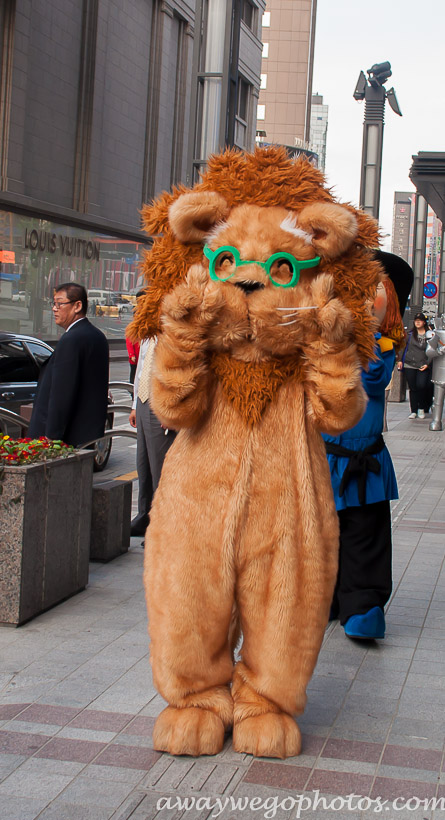

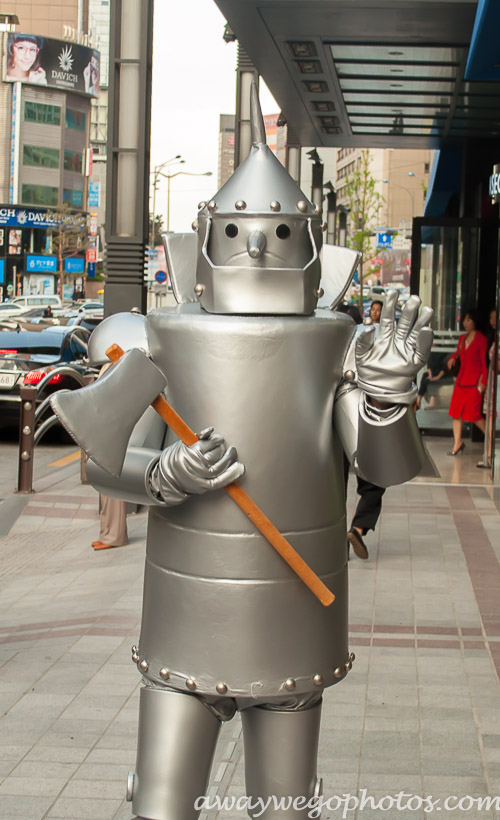
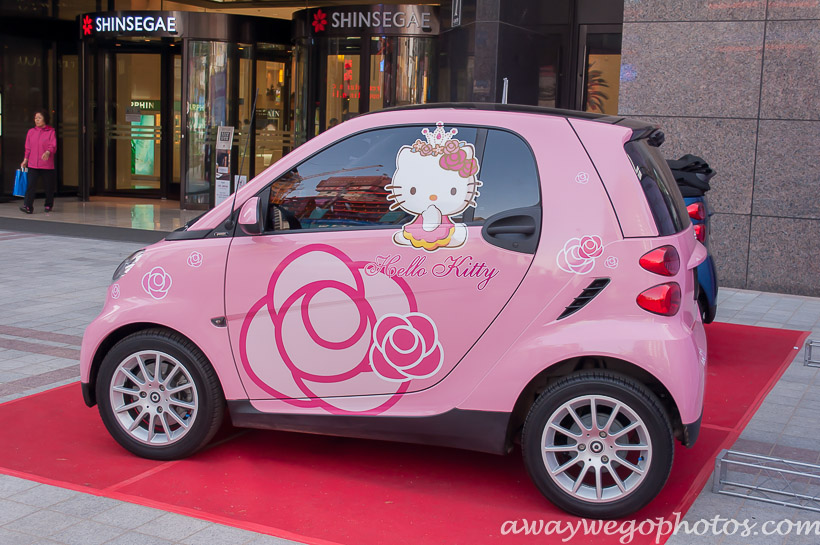
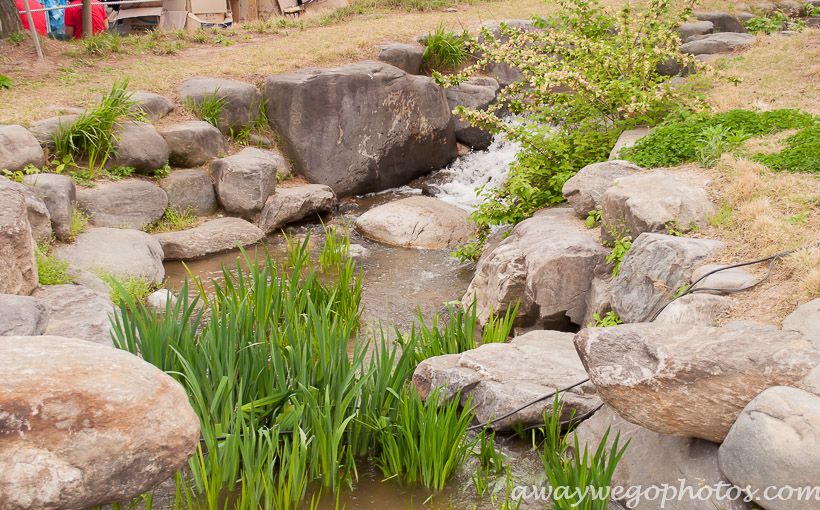
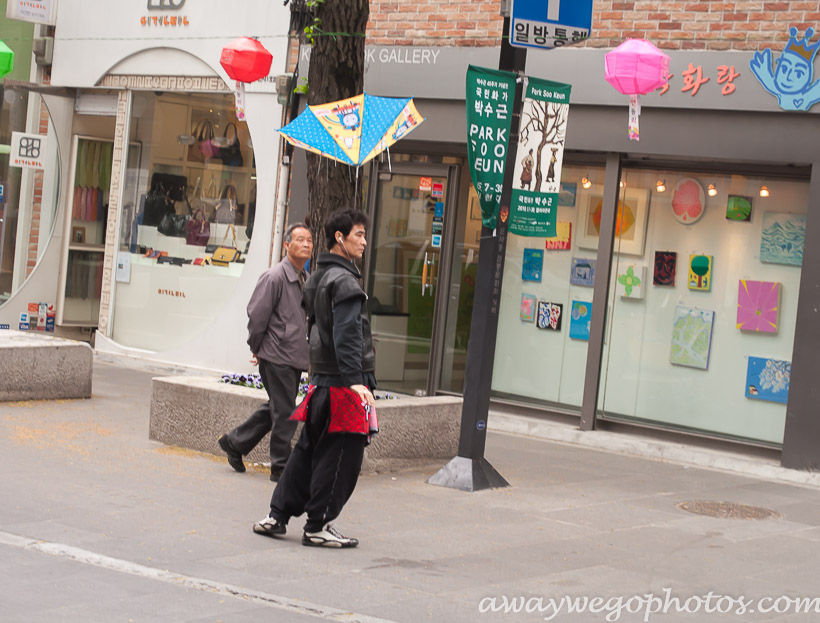
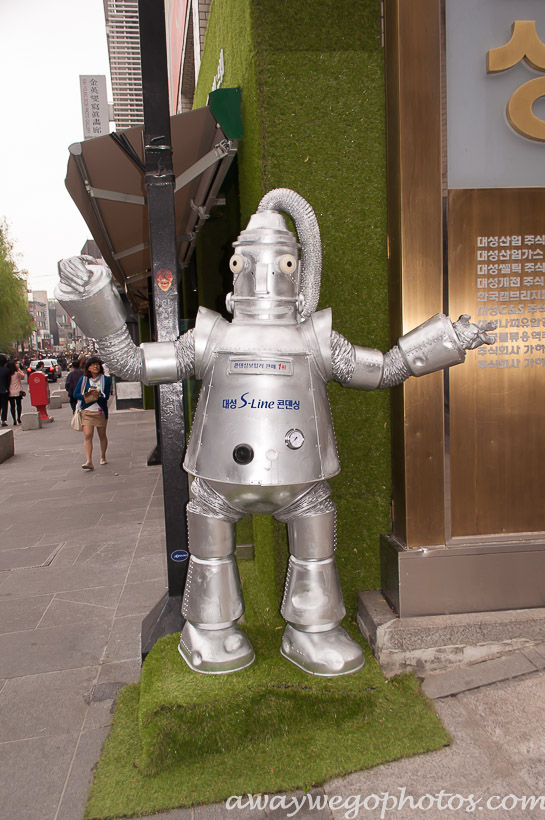
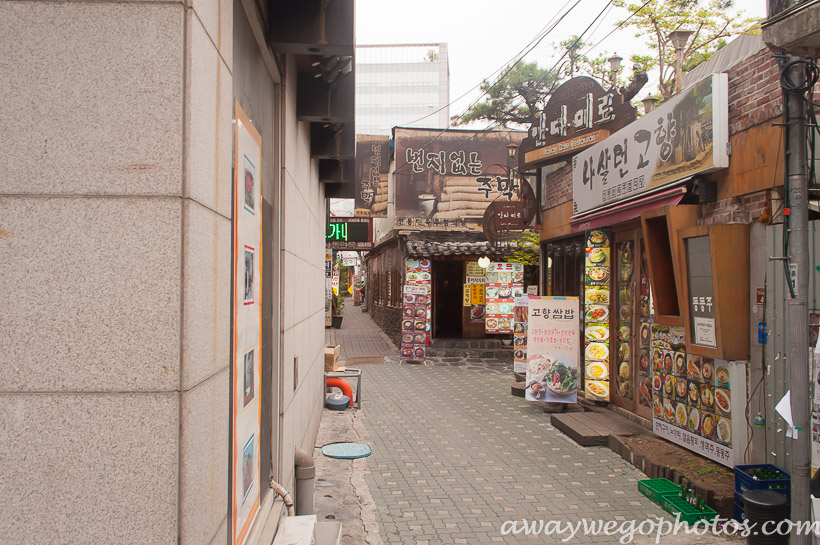
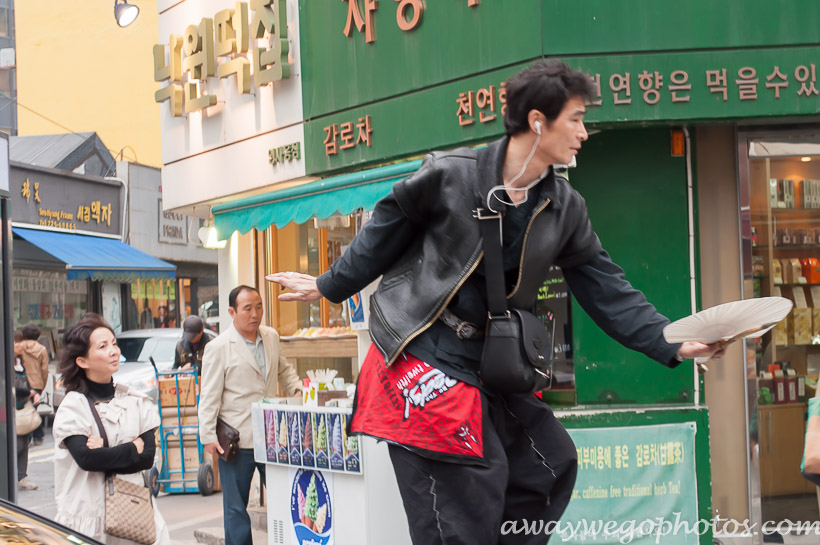
Like this Post? Save it on Pinterest!
